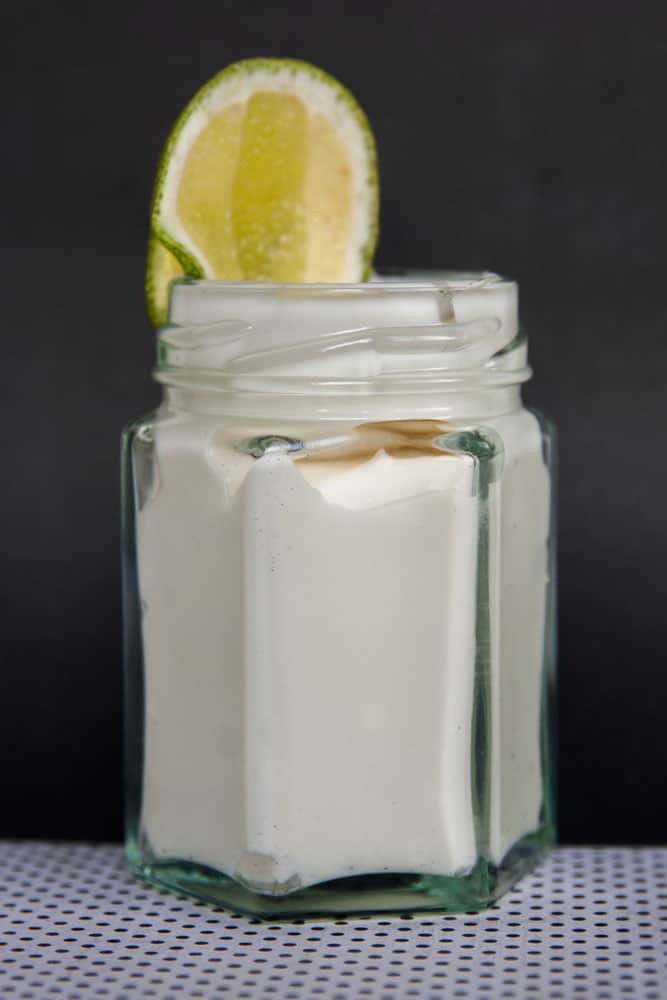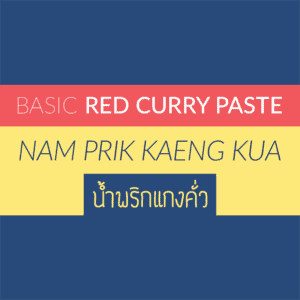It's long since been established that eggs aren't a necessary ingredient for a successful mayonnaise. Save recipes with a large quantity of egg yolks, their inclusion has never been for flavour but rather for their emulsifying and stabilising properties. Emulsification is when two liquids are combined in a way so that one is suspended in the other, such as the suspension of oil in water as is the case in mayonnaise.

Anyone who's paid the slightest bit of attention to life has probably noticed that oil and water don't mix, or not without a little help anyway. Emulsifiers are utilised as that helping hand, the force to make these opposites stop being so, um, oppositional and hang out together already. Because a mayonnaise free life would be pretty miserable.
Okay, so will homemade mayonnaise attempts fail if you take egg yolks or an equivalent emulsifier out of the equation? Well, not really. Despite everyone talking about emulsifying stuff to make stuff that's stable stuff, it's still possible to force a semi stable emulsion even in the absence of an emulsifier.
Clear as mud, yes?
Making a semi stable mayonnaise
The reference to semi stability infers that the egg free mayonnaise will not maintain its stable form forever, and that is true if an emulsifying agent isn't added. The addition of egg yolks keeps mayonnaise stable over a longer period, but unless you plan on waiting until your mayo has a fuzzy layer of added growth then you don't need to worry too much. The vegan mayonnaise recipe I've provided is stable enough to endure for many weeks in the fridge.

Each emulsifier (e.g. egg yolk, lecithin) molecule contains two polar ends, one that's hydrophobic (water phobic) and one that's hydrophilic (water soluble). The latter end loves water and will happily bond with it, but the hydrophobic end isn't a player and wants nothing to do with water. The oil-loving end gets dug into the oil while the water-loving end gets cosy with the water, and then the whole lot is stuck together and hence stably emulsified.
So basically, this vegan mayonnaise recipe isn't emulsified in a way that meets the true definition of emulsification (as it's missing an emulsifier), but it still works because yay science. I could explain further, but for the time being I'm going to assume you're fed up with reading and you just want to make some mayonnaise already. OMG just be quiet and tell me how to do this thing. Okay.
📖 Recipe
Homemade Garlic Lime Vegan Mayonnaise
Ingredients
- 60 millilitres unsweetened soya milk ¼ cup
- 30 millilitres freshly squeezed lime juice 2 tablespoons
- 1 teaspoon sugar
- ½ teaspoon sea salt flakes Maldon is recommended
- ⅛ teaspoon mustard powder
- 1 clove garlic
- 240 millilitres flavourless vegetable oil 1 cup
Instructions
- Liquidise all of the ingredients but the oil, until the garlic is broken down completely and the liquid is thoroughly blended (10-15 seconds on a medium-low to medium setting should do the trick).
- While the machine is running on a medium setting, slowly drizzle the oil into the blender. The contents will begin to thicken after half to ¾ of the oil has been added, and will be the right consistency by the time the last drop falls in.
- Refrigerate and use as desired within a week or two.






Grace says
I'm sorry to say this, but you seem to have a lot of GMO ingredients in your recipes. Are you aware of the problems they cause? Look up the Seralini/rat study.
Kip says
The original paper was retracted due to poor design and inconclusive results, among other things. While I support people's choice to consume what foods they want, I side with the scientific community on the matter in that there is not enough conclusive evidence to prove the health impact of GMO crops either way. It is also worth noting that in the EU the laws pertaining to GMO foods are very different to those in North America, so the foods that may be GM there are not here. At the end of the day I trust my readers can and will decide for themselves what they are comfortable consuming.
David says
I have been a vegetarian almost my entire life and now, at 54, I have become a vegan. I was never a huge fan of mayonnaise growing up, but now that I live in Brazil, it just goes with the food. After becoming vegan, mayonnaise became impossible. And here where I live, vegan alternatives are NOT found in stores. Soy is common as all get out. Soy products are not. I tried, played around with the various recipes I came across, nothing seemed to work out. I tried your recipe here and it worked amazingly well! It is worth noting that powdered mustard does not exist here. But a little prepared brown mustard went into the mix. Also, the local soymilk is basically thickened white sugar water. And the powdered soymilk sold here is probably nothing more than powdered cooked soybeans. (Rehydrated, it makes a pretty decent coffee creamer.) Neither works for this mayonnaise. But use soymilk made at home and it works beautifully!
I spend a lot of time going over cooking sites, but rarely make more than a single item from any of them. Your site has fascinated me and I have already tried several items. Thank you for a wonderful site!
Kip says
Wow, thank you so much for your kind words! I don't know what to say other than you really made my week and I'm so pleased you like my recipes. I think the problem with a lot of mayonnaise recipes is they try to eliminate the oil and mayo really doesn't come together properly without a lot of it...
Carolyn Donovan says
What a great flavor profile! Loved the taste - not too garlic-y, not too lime-y. Really a delight.
I screwed up the emulsifying--I threw it into a NutriBullet initially (doesn't work), and then used an immersion stick blender and more oil--and ended up with dressing instead of mayonnaise, but that was okay. We still loved it.
Kip says
I'm sorry to hear the emulsifying didn't work out but glad you enjoyed the dressing!
I reserve the right to improve malicious and trollish comments.